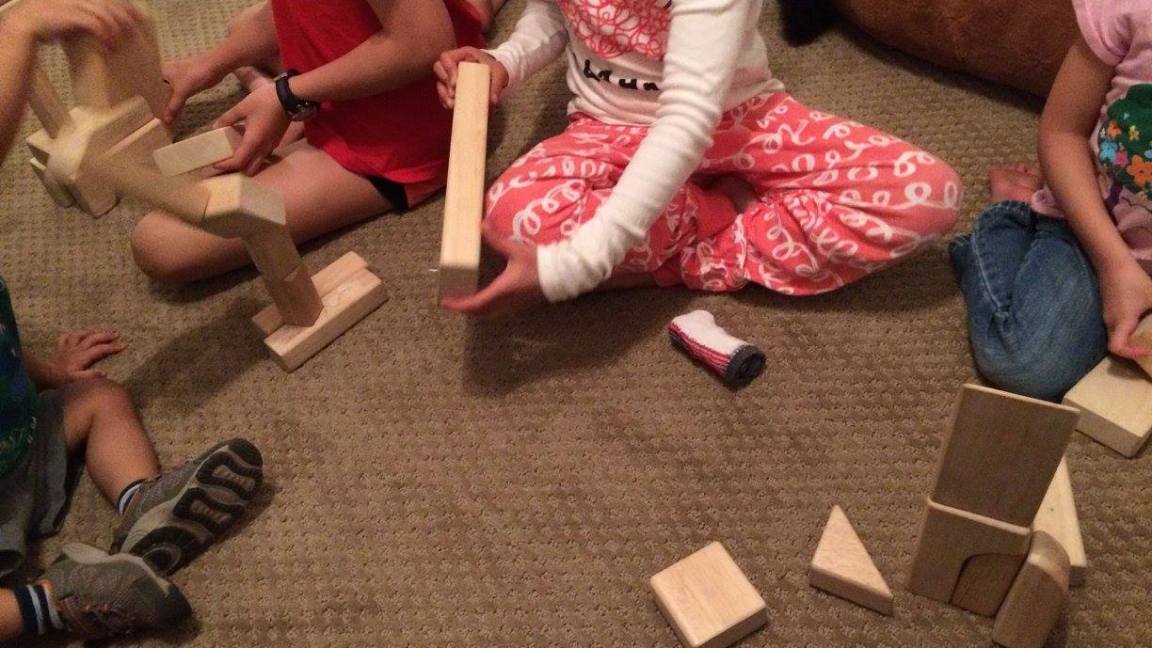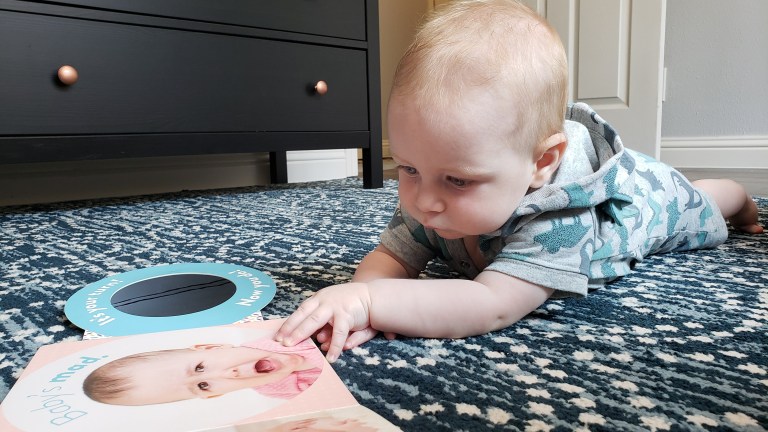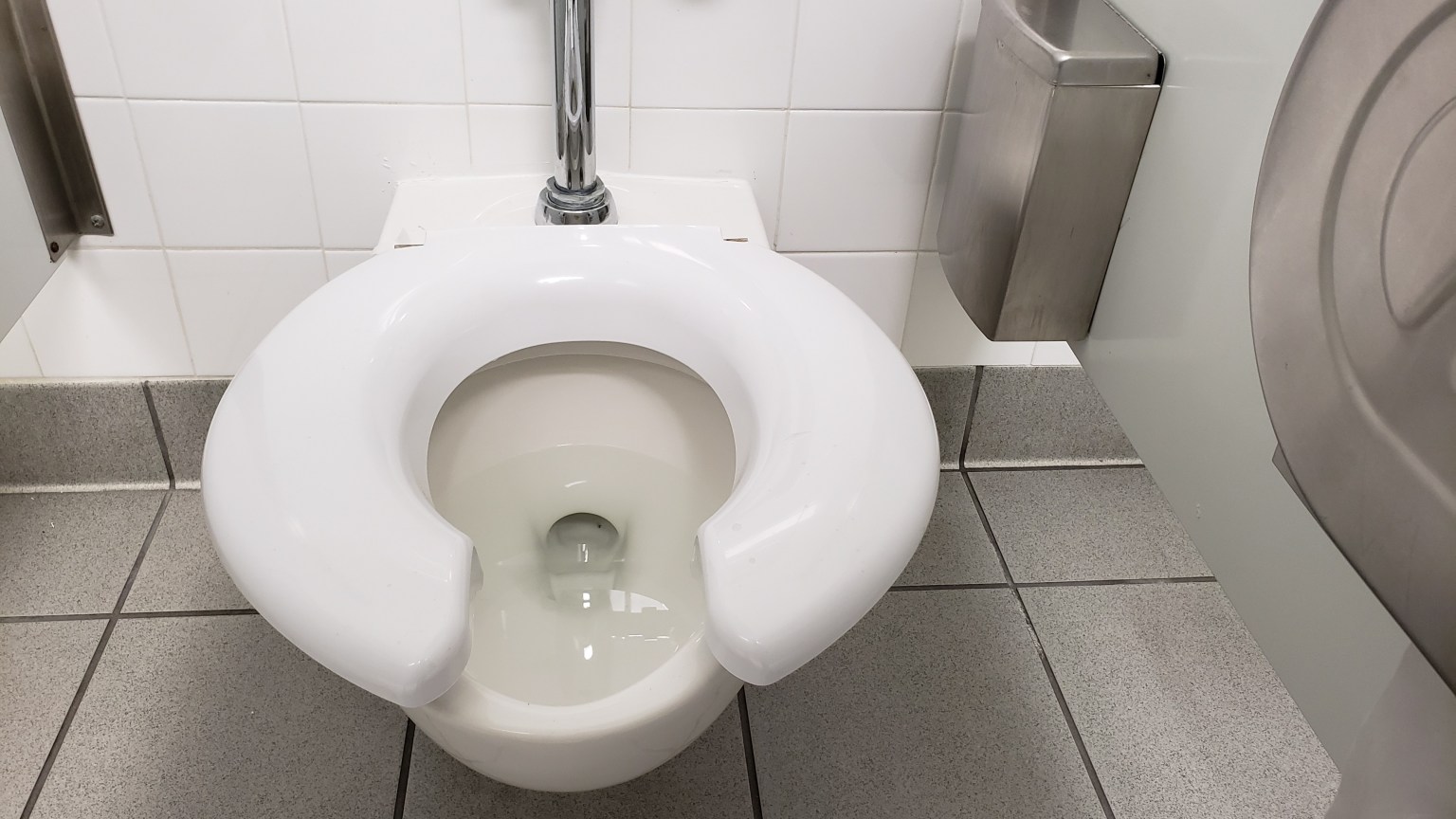Every day, we use different habits. Unfortunately, some of those habits can influence our life in a negative way. For example, if you habitually have a 'just in case' pee before you leave the house every day, eventually, you may not be able to stay dry through a 2 hour plane ride, because your body is habitually used to a different schedule (FYI, 'just in case' pee breaks, when you don't really have to go, are a no-no)! Similarly, habits of your little ones can affect their own toileting abilities – for example, their habitual sitting posture!
"W" sitting is a frequent position kiddos may choose to sit in. Check this post out for more information on what it looks like, and what it means! A developmental physical therapist will very likely have the opinion that "W" sitting has a negative effect on development – including core strength, and the development of the skeletal system and ligaments. I'd like to take it a step further.
Repetitive and habitual "W" sitting can lead to elevated pelvic floor tone and limited range of motion, which may contribute to increased difficulty evacuating stool. If this happens consistently enough, or in combination of other factors that decrease pelvic floor health, constipation or other symptoms can arise.
A very general review of anatomy tells us that the muscles of the legs, pelvis, low back, and abdomen are all closely related in this intricate and highly connected system of our anatomy. If you torque the muscles and joints of the hips enough to sit in the "W" sit position, certain muscles may be stretched taught, and certain muscles may be squeezed together – and subsequently results in a closed, tight pelvic floor.
Given that "W" sitting may increase pelvic floor tone, it could then be said that if a child avoids "W" sitting, they are giving their body a better opportunity to decrease habitually elevated pelvic floor tone, and thus – improving their chances of a completely normal pelvic floor. In a typically developing child, this would mean they are investing in a healthy future in regard to their skeleton and strength. However, in a child with constipation or other pelvic floor dysfunction, avoiding "W" sitting means that they are doing one more thing to give their body the best opportunity to have a normally functioning pelvic floor.
Alternatives for children to sit on the floor:
- Ring sitting, or criss-cross sitting. This may be more challenging for their trunk and other core muscles, however this is a very appropriate challenge. Strengthening the core is a very great thing, needed for appropriate development. Your child may be annoyed and have low tolerance to this position, so support them (literally and figuratively) to help them sustain it for longer periods of time. An erect, straight back against the back of a couch, as your child sits in criss-cross position, is much preferred over "W" sitting without support.
- Long sitting. "Feet in front." You can't go wrong if your child's feet are in front of their body.
- Sitting in a chair. With you guessed it – a support to make sure they are sitting up.
Notice the emphasis through all of the sitting recommendations – 'with a straight back.' "W" sitting is a negative position, that can encourage excessive pelvic floor tone. However, a rounded back with a scrunched-up belly also can encourage constipation. If your child's back is so round, and their belly is so scrunched, the tissues in their belly will be in a short, tightened position. If this happens frequently enough, and this is their habitual position, tissues in the abdomen can reach such a short, tight position that the GI tract cannot complete its job, and the motility of stool through the system slows drastically, encouraging constipation.
I'm not saying you must fix your child's posture at all times. On the contrary – given enough negative feedback, your child may become discouraged. (See my post here about small, achievable goals to encourage confidence and motivation). But challenge them.
"I love that you're sitting crisscross! Do you think you could keep your back straight during your whole next turn of this game?"
"Let's all lay on our bellies while we read this book."
"Thank you for sitting up so straight! Do you think you could do that with your feet in front instead of behind you?"
Small, achievable goals.
The last thing I'd love for everyone to do after reading this, is to go home and play the posture-police. But awareness is the first step. Setting good examples of good posture – and talking about it – is a great way to start to implement change. Just as with any habit that you'd like to change, don't expect instance improvement, and don't expect a direct improvement with their toileting. Posture is one factor that could be encouraging the cycle of pelvic floor dysfunction. And working to improve this one factor will give your child the best opportunity to improve their toilet functioning, and ultimately, their ability to stay clean and dry.
Be aware of how your child is habitually sitting. Do they "W" sit? Do they slouch? Is there a place in your home that they typically sit in that encourages these positions? How can you change their environment to promote improved posture? Can you set a better example for positive posture?
Related Posts










